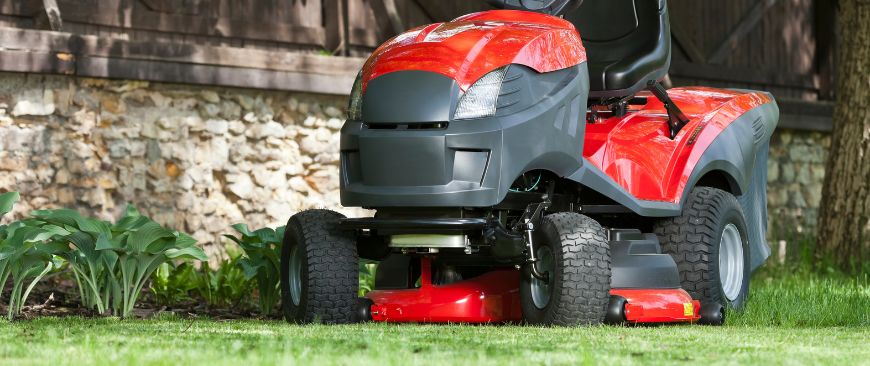
Reasons Your Mower Tires Aren’t Maintaining Proper Inflation
Lawn care season is here again, and homeowners and professional mowers know the importance of keeping their equipment in tip-top shape. One common issue, however, is that mower tires don’t always seem to stay inflated for long. Explore some common reasons your mower tires aren’t maintaining proper inflation and learn some solutions to keep your lawn mower tires and wheels inflated properly throughout the season.
Valve Stem Leakage
One of the most common reasons your mower tires deflate is due to valve stem leakage. Over time, the valve stem can become damaged or worn out, allowing air to escape through the tiny gap between the valve seat and valve body. Here are a few tips on how to check and fix the valve stem leakage:
- Inspect the valve stem for any visible damage and cracks. Replace it if necessary.
- Test the valve stem seal by adding a small amount of soapy water around it. If you see bubbles forming, tighten the valve core or replace it if it’s damaged.
- Make sure you use valve caps to prevent dirt and debris from entering and possibly damaging the valve core.
Porosity in the Tire Rubber
As your lawn mower tires age, their rubber material may begin to lose its elasticity. This leads to increased porosity, which means that air molecules can escape through the microscopic pores in the tire rubber. To identify and solve porosity issues, examine the tire surface for cracks, cuts, blisters, or other signs of aging. Then spray the tire with soapy water and look for a slow formation of tiny bubbles on the surface, indicating porosity.
If you discover that porosity is the issue, it’s time to replace the tires. Upgrading to high-quality tires like Antego’s lawn mower tires and wheels can provide better durability and reduced air loss.
Punctures and Damage From Rough Terrain
Lawn mowers often encounter rough surfaces or debris during their operation, which can cause punctures or damage to the tires. Here’s how to find and repair punctures or damage:
- Visually inspect the tires for any cuts, punctures, or embedded objects, such as thorns, nails, or sharp stones.
- Inflate the tire to the recommended pressure and listen for escaping air, or spray it with soapy water to locate the puncture.
- For minor punctures, use a tire repair kit to patch up the hole. For more severe damage or multiple punctures, it’s best to replace the affected tire.
Now that you know about the most common reasons mower tires won’t maintain proper inflation, you can perform preventative maintenance to minimize these issues. When you consistently maintain your lawn mower tires, you’ll not only protect your investment but also ensure your mower performs its best during the entire season.



